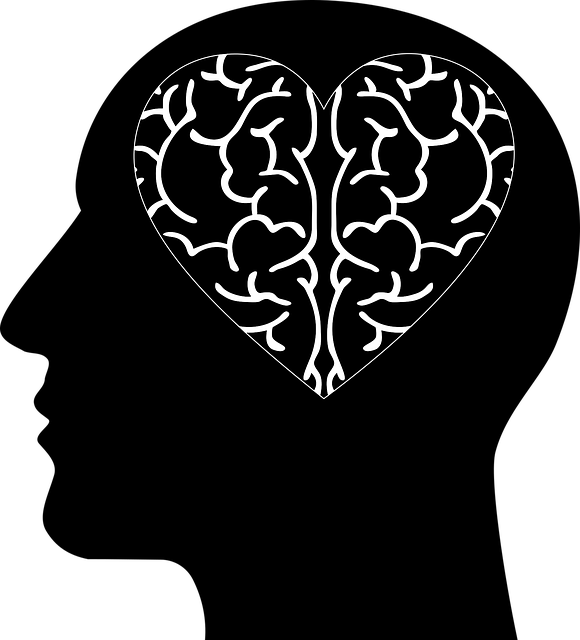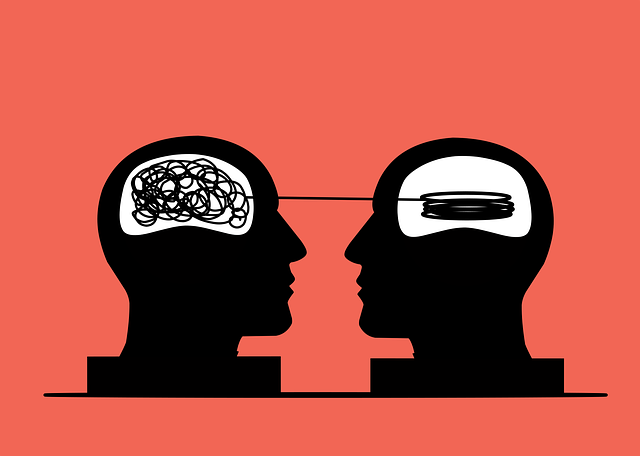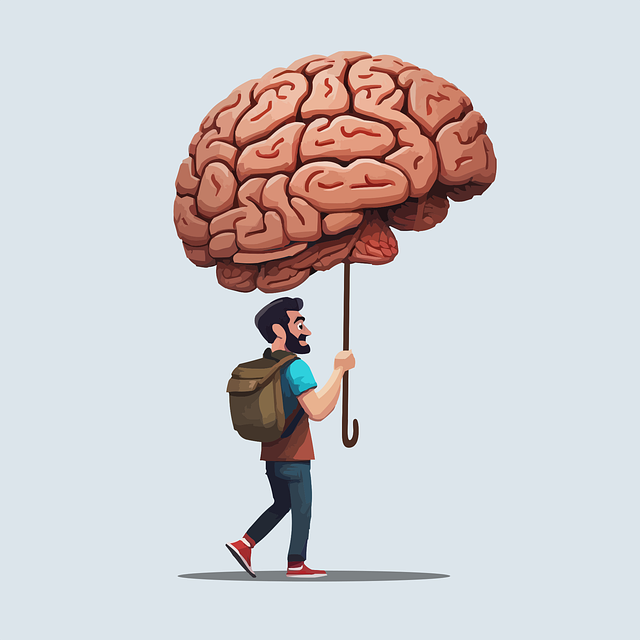Panic disorder and anxiety attacks significantly impact children's daily lives and mental wellness. Mental health professionals play a vital role in providing tailored Cognitive Behavioral Therapy (CBT) and self-care routines like mindfulness exercises to manage emotions. Effective therapy involves recognizing non-verbal cues, considering individual histories, and promoting open communication. Continuous risk management, stress mitigation, and trauma support services ensure a safe environment for both children's healing and therapist well-being. By utilizing structured assessments and self-care practices, professionals enhance care quality and prevent burnout while offering effective treatment for children with panic disorder and anxiety attacks.
Mental health professionals play a vital role in helping children suffering from panic disorder and anxiety attacks, but they also face unique risks in their practice. This article delves into a comprehensive risk assessment framework tailored for these professionals, focusing on child therapy settings. We explore key risks, including those associated with young clients experiencing panic disorders, and provide practical strategies for safe, effective assessment. Additionally, we emphasize continuous risk management as an essential component of enhancing mental health services for children.
- Understanding Panic Disorder and Anxiety Attacks in Children
- The Role of Mental Health Professionals in Therapy
- Identifying Risks in Child Therapy Settings
- Strategies for Safe and Effective Risk Assessment
- Enhancing Practice through Continuous Risk Management
Understanding Panic Disorder and Anxiety Attacks in Children

Panic disorder and anxiety attacks are common issues among children, often manifesting as intense, overwhelming fear or dread that can be debilitating. These episodes can significantly impact a child’s ability to function in daily life, affecting their performance at school, social interactions, and overall mental wellness. Recognizing the signs and symptoms is crucial for parents, caregivers, and mental health professionals alike. Children experiencing panic disorder may present with physical manifestations such as rapid heartbeat, sweating, shortness of breath, or chest pain, accompanied by a sense of impending doom.
Effective therapy for children with panic disorder and anxiety attacks involves tailored interventions designed to address the underlying causes. Cognitive Behavioral Therapy (CBT) is widely recognized as a game-changer in treating these conditions. CBT helps children identify and challenge negative thought patterns and provides them with coping strategies to manage anxiety symptoms. Additionally, teaching self-care routines for better mental health, such as mindfulness exercises or progressive muscle relaxation, can empower children to take control of their emotional well-being.
The Role of Mental Health Professionals in Therapy

Mental health professionals play a pivotal role in facilitating therapy for children struggling with panic disorder and anxiety attacks. They employ specialized techniques to create a safe and supportive environment, fostering open communication and helping young clients explore and manage their emotions. These professionals are adept at integrating evidence-based practices, such as Cognitive Behavioral Therapy (CBT), which teaches effective coping strategies and challenges negative thought patterns.
Through tailored interventions, they not only address the symptoms of anxiety but also focus on enhancing social skills training and implementing communication strategies to improve the child’s overall well-being. Additionally, mental health professionals contribute to mental illness stigma reduction efforts by promoting understanding, empathy, and early intervention, ultimately empowering children to lead fulfilling lives despite their challenges.
Identifying Risks in Child Therapy Settings

Identifying risks in child therapy settings is a critical aspect of mental health professional’s practice, especially when addressing issues like panic disorder and anxiety attacks among young clients. These sessions require a nuanced approach as children may struggle to express their emotions verbally, making it essential for therapists to be attuned to non-verbal cues. Risk assessment should encompass the child’s history, family dynamics, and any preceding traumatic experiences that could trigger distress during therapy.
Therapists must also consider the potential for burnout prevention, given the emotional intensity of working with children facing anxiety disorders. Effective stress management techniques within the therapeutic framework, coupled with access to trauma support services, are vital tools to safeguard both the therapist’s well-being and foster a safe, supportive environment for healing.
Strategies for Safe and Effective Risk Assessment

When conducting risk assessments for mental health professionals, particularly those specializing in therapy for children with panic disorder and anxiety attacks, it’s crucial to balance thorough evaluation with practical strategies for safety and well-being. This includes integrating evidence-based methods that cater to both the patient and the provider. For instance, utilizing structured assessment tools tailored for youth anxiety can help identify specific triggers and fears, enabling personalized treatment plans.
Moreover, incorporating self-care routines development for better mental health is a game-changer. Encouraging professionals to participate in stress management workshops organization allows them to learn coping mechanisms and burnout prevention strategies for healthcare providers. By fostering a culture of resilience and self-awareness, these practices not only enhance the quality of care but also mitigate risks associated with high-stress work environments, ensuring mental health professionals can continue to provide effective therapy for children struggling with panic disorder and anxiety attacks.
Enhancing Practice through Continuous Risk Management

Mental health professionals must embrace continuous risk management as an integral part of enhancing their practice and improving patient outcomes. By implementing robust risk assessment strategies, therapists can identify potential hazards and develop proactive measures to mitigate them. This involves a dynamic approach where practitioners regularly review and update their protocols, especially when working with vulnerable populations like children suffering from panic disorder and anxiety attacks.
A key aspect is integrating empathy-building strategies into therapy sessions, fostering a supportive environment that encourages open communication. Additionally, self-care practices are essential for professionals to maintain resilience, reduce stress, and prevent the risk of burnout. This holistic approach ensures mental health providers remain equipped to offer effective treatment while prioritizing their well-being.
Mental health professionals play a vital role in providing therapy for children suffering from panic disorder and anxiety attacks. By understanding the condition, recognizing risks within child therapy settings, and implementing effective risk assessment strategies, practitioners can ensure safe and effective care. Continuous risk management enhances practice standards, ultimately fostering better outcomes for young clients navigating these challenges.














